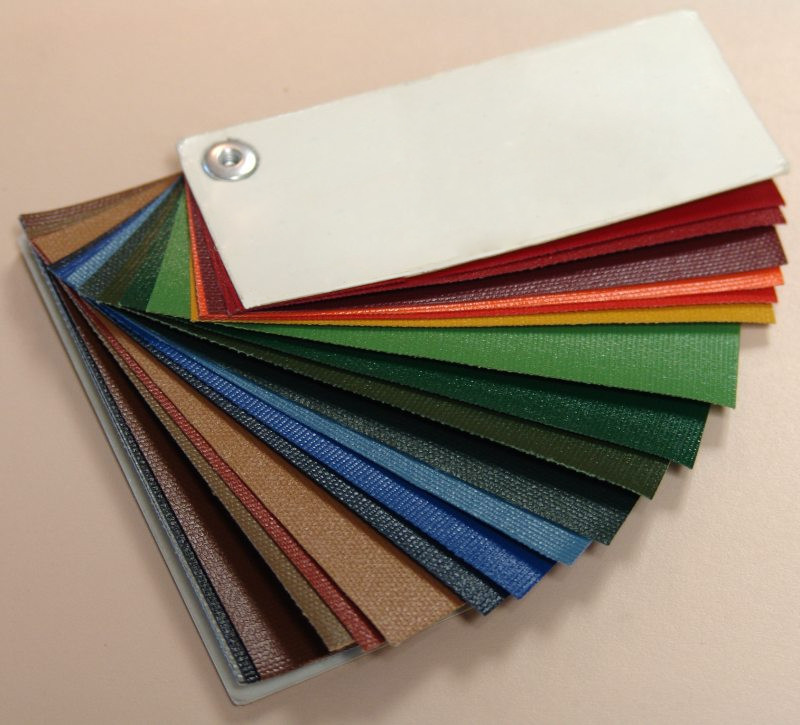Buckram on:
[Wikipedia]
[Google]
[Amazon]
 Buckram is a stiff
Buckram is a stiff
US patent US1712991A
Method for preparing buckram {{Fabric Woven fabrics
 Buckram is a stiff
Buckram is a stiff cotton
Cotton (), first recorded in ancient India, is a soft, fluffy staple fiber that grows in a boll, or protective case, around the seeds of the cotton plants of the genus '' Gossypium'' in the mallow family Malvaceae. The fiber is almost pure ...
, or occasionally, linen
Linen () is a textile made from the fibers of the flax plant.
Linen is very strong and absorbent, and it dries faster than cotton. Because of these properties, linen is comfortable to wear in hot weather and is valued for use in garments. Lin ...
or horse hair cloth with a plain, usually loose, weave, produced in various weights similar to muslin and other plain weave
Plain weave (also called tabby weave, linen weave or taffeta weave) is the most basic of three fundamental types of textile weaving, weaves (along with satin weave and twill). It is strong and hard-wearing, and is used for fashion and furnishi ...
fabrics. The fabric is soaked in a sizing
Sizing or size is a substance that is applied to, or incorporated into, other materials—especially papers and textiles—to act as a protective filler or glaze. Sizing is used in papermaking and textile manufacturing to change the absorption ...
agent such as wheat-starch paste, glue (such as PVA glue), or pyroxylin (gelatinized nitrocellulose, developed around 1910), then dried. When rewetted or warmed, it can be shaped to create durable firm fabric for book covers, hats, and elements of clothing.
Etymology
In theMiddle Ages
In the history of Europe, the Middle Ages or medieval period lasted approximately from the 5th to the late 15th centuries, similarly to the post-classical period of global history. It began with the fall of the Western Roman Empire and ...
, "bokeram" simply designated a fine cotton cloth. The etymology of the term remains uncertain; the ''Oxford English Dictionary
The ''Oxford English Dictionary'' (''OED'') is the principal historical dictionary of the English language, published by Oxford University Press (OUP), a University of Oxford publishing house. The dictionary, which published its first editio ...
'' considers the commonly mentioned derivation from the name of the city of Bokhara unlikely.
Use in bookbinding
Several of buckram's qualities make it attractive forbookbinding
Bookbinding is the process of building a book, usually in codex format, from an ordered stack of paper sheets with one's hands and tools, or in modern publishing, by a series of automated processes. Firstly, one binds the sheets of papers alon ...
. Highly durable, buckram does not allow the bookbinder's paste to seep through and discolor or stain the book's front and back covers.
Pyroxylin-impregnated buckram is often favored due to its resistance to water, insects, fungi, and general wear. This is especially important for library binding, where many people will be repeatedly handling the same books. However, pyroxylin fabrics are less chemically stable than starch-filled fabrics and can be affected by extreme temperatures.
Use in millinery
Millinery buckram is impregnated with a starch which allows it to be softened in water, pulled over ahat block
A hat block, also known as a hat form or bashing block, is a wooden block carved into the shape of a hat by a craftsman known as a block shaper. It is used by hat makers and Hatmaking, milliners to produce a hat.
Today there are only a handful of ...
, and left to dry into a hard shape. Millinery buckram comes in many weights, including lightweight or baby buckram (often used for children's and dolls' hats), single-ply buckram, and double buckram (also known as ''theatrical buckram'' or ''crown buckram'').
References
External links
US patent US1712991A
Method for preparing buckram {{Fabric Woven fabrics